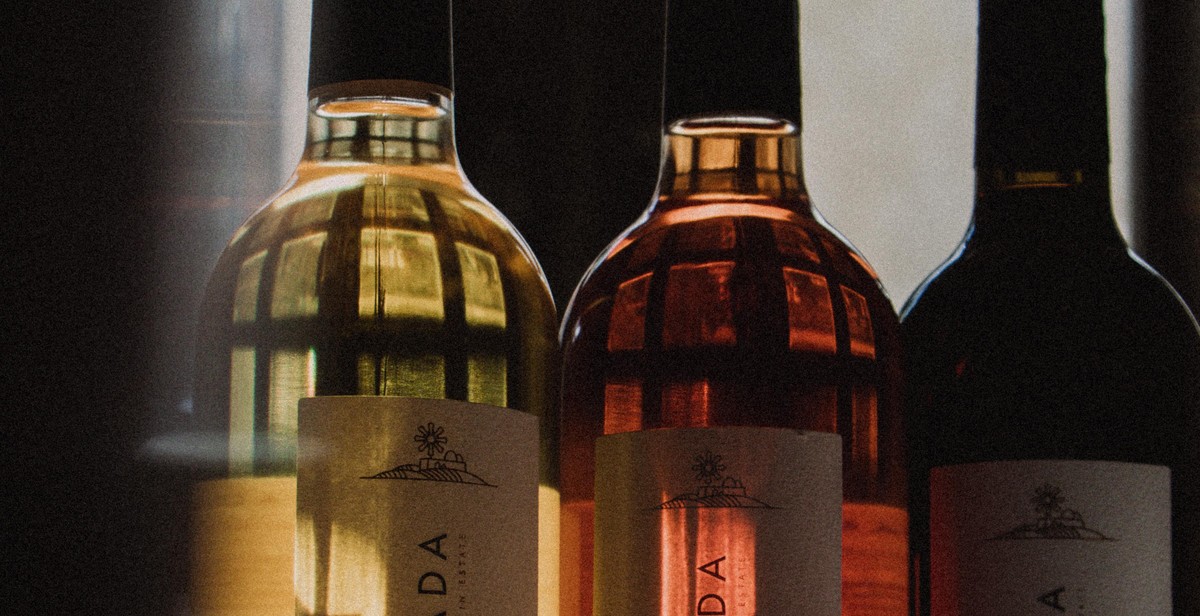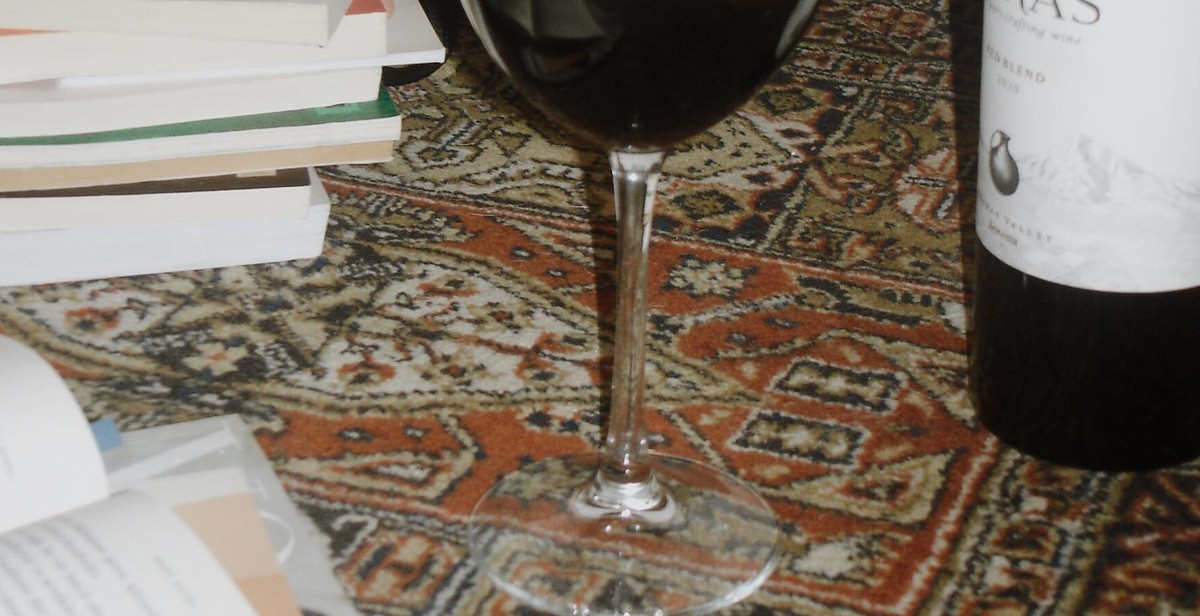How to Choose the Right Wine Temperature: Serving Wines at Optimal Conditions
Wine is a delicate and complex beverage that requires the right serving temperature to bring out its full potential. The temperature at which wine is served can greatly affect its taste, aroma, and texture. Therefore, it is essential to know how to choose the right wine temperature to ensure that you are getting the best possible experience from your wine.
Factors Affecting Wine Temperature
Several factors can affect the ideal serving temperature of wine. These include the type of wine, the age of the wine, and the region where the wine was produced. Generally, red wines are served at a slightly warmer temperature than white wines. However, within each category, there are variations depending on the specific type of wine.
Why Serving Temperature Matters
Serving wine at the correct temperature can enhance its flavor and aroma, while serving it too cold or too warm can mask its true characteristics. For example, serving a red wine too warm can make it taste overly alcoholic, while serving a white wine too cold can make it taste too acidic.
By understanding the factors that affect wine temperature and how to choose the right temperature for each type of wine, you can ensure that you are getting the most out of your wine and enjoying it to the fullest.

Why Wine Temperature Matters
Wine temperature is a critical factor in ensuring that you get the most out of your wine. The temperature at which you serve your wine can significantly affect its aroma, taste, and overall enjoyment. This is because wine is a complex beverage that is made up of various chemical compounds that react differently to temperature changes.
Aroma
The aroma of wine is one of the most critical components of its overall flavor profile. When wine is served at the right temperature, its aroma is enhanced, allowing you to experience the full range of scents that the wine has to offer. On the other hand, if the wine is served too warm, the alcohol content can overpower the aroma, making it difficult to appreciate the subtler notes in the wine.
Taste
The temperature at which wine is served can also affect its taste. When wine is served too cold, the flavors can be muted, and the wine may taste overly acidic. Conversely, if the wine is served too warm, the alcohol content can overpower the flavor, making it difficult to taste the more delicate notes in the wine.
Overall Enjoyment
The overall enjoyment of wine is closely tied to its aroma and taste. When wine is served at the optimal temperature, it can be a truly delightful experience. However, if the wine is served too warm or too cold, it can detract from the overall enjoyment of the wine.
To get the most out of your wine, it is essential to serve it at the right temperature. This can vary depending on the type of wine you are serving, so it is crucial to do your research and understand the optimal serving temperature for each type of wine.
| Type of Wine | Optimal Serving Temperature |
|---|---|
| Sparkling Wine | 38-45°F (3-7°C) |
| White Wine | 44-57°F (7-14°C) |
| Red Wine | 50-64°F (10-18°C) |
By serving your wine at the optimal temperature, you can ensure that you get the most out of your wine and enjoy it to its fullest potential.

Understanding Wine Temperature
Wine temperature plays a crucial role in the overall drinking experience. Serving wines at their optimal temperature can enhance their flavors and aromas, while serving them too warm or too cold can diminish their quality. The ideal temperature for wine depends on the type of wine being served.
White Wine Temperature
White wines are best served chilled, between 45°F and 50°F (7°C and 10°C). This temperature range preserves their acidity and enhances their crispness and fruitiness. However, serving white wine too cold can mute its flavors and aromas. To achieve the right temperature, white wines can be stored in the refrigerator for a few hours before serving or placed in an ice bucket for a few minutes.
Red Wine Temperature
Red wines are generally served at room temperature, between 60°F and 65°F (16°C and 18°C). However, this temperature range can vary depending on the type of red wine. Light-bodied red wines, such as Pinot Noir, are best served slightly chilled, between 55°F and 60°F (12°C and 16°C), to enhance their fruitiness and acidity. Full-bodied red wines, such as Cabernet Sauvignon, are best served at the higher end of the temperature range to bring out their complexity and tannins. Red wines can be stored in a cool, dark place or placed in the refrigerator for a few minutes before serving.
Sparkling Wine Temperature
Sparkling wines, such as Champagne and Prosecco, are best served chilled, between 40°F and 50°F (4°C and 10°C). This temperature range preserves their effervescence and enhances their fruitiness. However, serving sparkling wine too cold can diminish its flavors and aromas. Sparkling wine can be stored in the refrigerator for a few hours before serving or placed in an ice bucket for a few minutes.
Fortified Wine Temperature
Fortified wines, such as Port and Sherry, are best served slightly below room temperature, between 55°F and 60°F (12°C and 16°C). This temperature range enhances their sweetness and complexity. Fortified wine can be stored in a cool, dark place or placed in the refrigerator for a few minutes before serving.
| Wine Type | Ideal Temperature Range |
|---|---|
| White Wine | 45°F to 50°F (7°C to 10°C) |
| Light-bodied Red Wine | 55°F to 60°F (12°C to 16°C) |
| Full-bodied Red Wine | 60°F to 65°F (16°C to 18°C) |
| Sparkling Wine | 40°F to 50°F (4°C to 10°C) |
| Fortified Wine | 55°F to 60°F (12°C to 16°C) |

Factors Affecting Wine Temperature
When it comes to serving wine, the temperature at which it is served can greatly affect the taste and overall experience. There are several factors that can impact the ideal serving temperature of a wine, including:
Wine Type
The type of wine being served is one of the most important factors to consider when determining the optimal serving temperature. Generally, lighter wines such as white wines and rosés should be served at cooler temperatures, while fuller-bodied wines like reds should be served at slightly warmer temperatures. However, within each category of wine, there can be variances in the ideal serving temperature based on the specific grape varietal and winemaking style.
Serving Time
The time of day or occasion can also impact the ideal serving temperature for wine. For example, if serving wine as an aperitif before a meal, it may be best to serve it slightly cooler to refresh the palate. On the other hand, if serving wine with a hearty meal, a slightly warmer temperature may help bring out the wine’s full flavors and aromas.
Storage Temperature
The temperature at which wine is stored prior to serving can also impact the ideal serving temperature. If a wine has been stored at a cooler temperature, it may need to be served slightly warmer to reach its optimal temperature. Conversely, if a wine has been stored at a warmer temperature, it may need to be served slightly cooler to prevent it from becoming too warm and altering the taste.
Glass Type
The type of glass used to serve wine can also impact the temperature at which it is served. A wider glass can allow for more air exposure, which can slightly warm the wine. Conversely, a narrower glass can help retain the wine’s cooler temperature by minimizing air exposure.
| Wine Type | Optimal Serving Temperature (°F) |
|---|---|
| Chardonnay | 50-55 |
| Sauvignon Blanc | 45-50 |
| Pinot Noir | 55-60 |
| Merlot | 60-65 |
| Cabernet Sauvignon | 65-68 |
By considering these factors and following general guidelines for optimal serving temperatures, wine enthusiasts can ensure that they are getting the most out of their wine drinking experience.

How to Choose the Right Wine Temperature: Serving Wines at Optimal Conditions
Choosing the right temperature for serving wine is crucial to fully enjoy its flavor and aroma. The temperature can affect the taste and texture of wine, making it either too sharp or too flat. Here are some tips on how to choose the right wine temperature:
1. Check the Bottle
The first step in determining the ideal wine temperature is to check the bottle. The label usually provides some guidance on the serving temperature. For example, white wines are typically served chilled, while red wines are served at room temperature. However, these guidelines are not set in stone and can vary depending on the type of wine and personal preference.
2. Use a Wine Thermometer
A wine thermometer is a handy tool that can help you determine the exact temperature of the wine. It is particularly useful for more expensive wines that require precise temperature control. Simply insert the thermometer into the wine bottle and wait for a few seconds for the reading to stabilize. The ideal temperature range for wine is usually between 45°F to 65°F.
3. Experiment with Temperature
Experimenting with temperature is the best way to find the perfect serving temperature for your wine. Start by serving the wine at the recommended temperature and then gradually adjust it to your liking. For example, if you find that your red wine is too warm, try chilling it for a few minutes in the refrigerator before serving. If your white wine is too cold, let it sit at room temperature for a while to warm up.
By following these tips, you can choose the right wine temperature and fully enjoy the flavor and aroma of your favorite wine.

Conclusion
Choosing the right wine temperature can make a significant difference in the taste and aroma of your wine. Serving wine at the optimal temperature enhances the natural characteristics and flavors of the wine, providing a more enjoyable drinking experience.
Remember that different types of wines require different serving temperatures. For example, white wines are best served chilled, while red wines are best served slightly below room temperature. Sparkling wines should be served well chilled, and dessert wines should be served at room temperature.
Investing in a wine thermometer is an excellent way to ensure that you are serving your wine at the optimal temperature. You can also use a wine fridge or a wine cooler to store your wine at the right temperature.
When serving wine, it’s also essential to consider the occasion and the preferences of your guests. If you’re serving wine at a formal dinner party, you may want to serve it at a slightly cooler temperature than if you were serving it at a casual gathering.
Overall, choosing the right wine temperature is an art that takes some practice, but it’s well worth the effort. By following these guidelines and experimenting with different temperatures, you’ll be able to find the perfect serving temperature for your favorite wines, and impress your guests with your knowledge and expertise.
